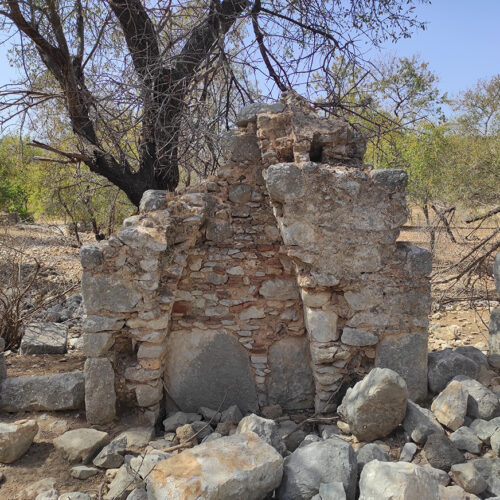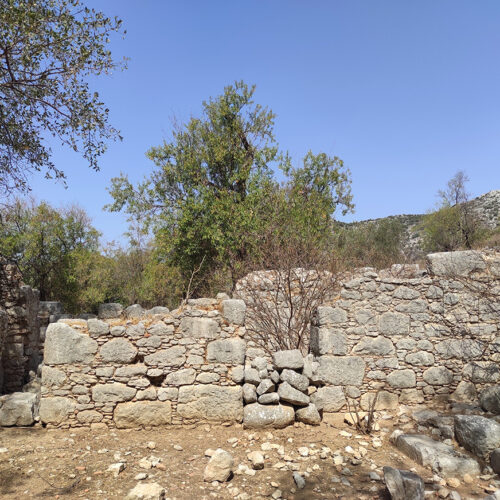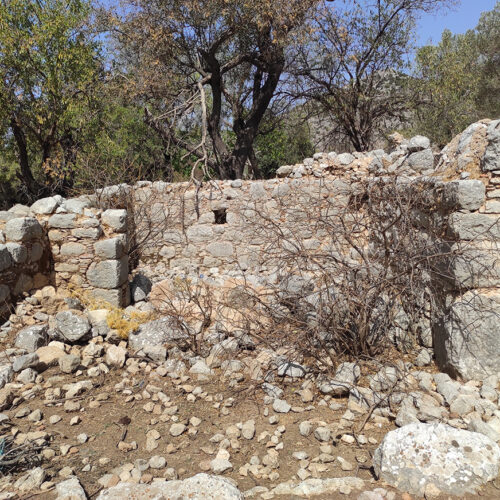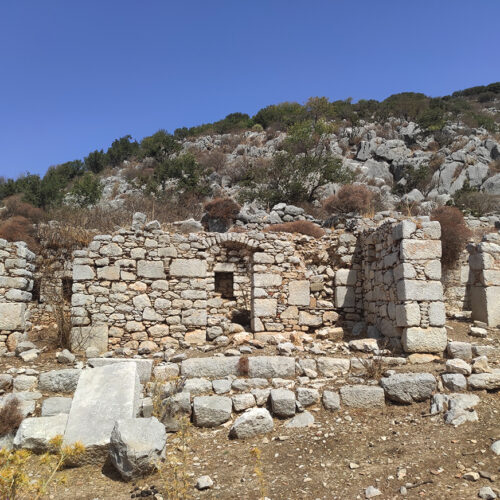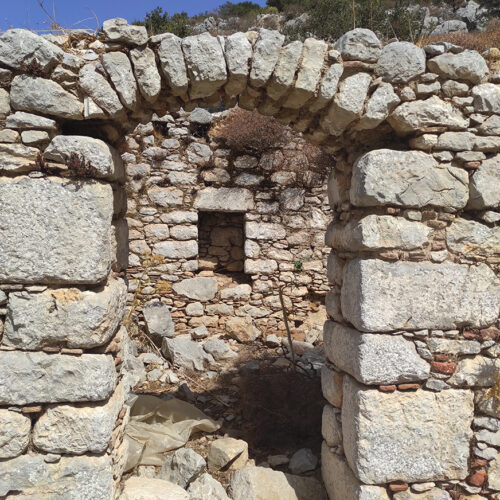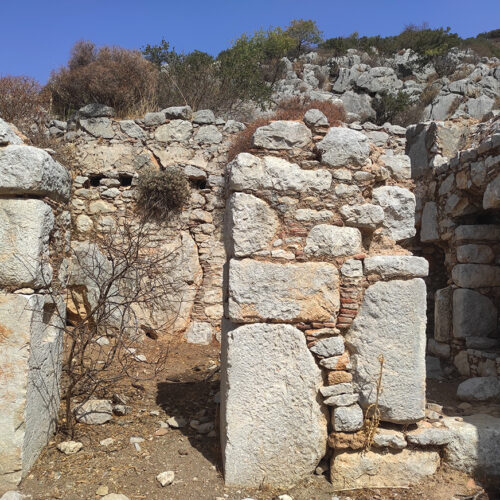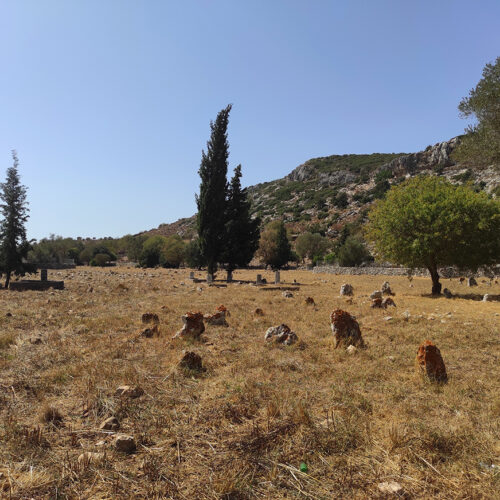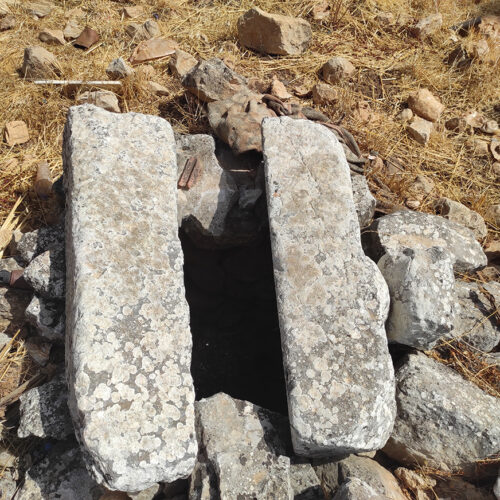Rural Vernacular Architecture Documentation and Conservation Program
Project Team
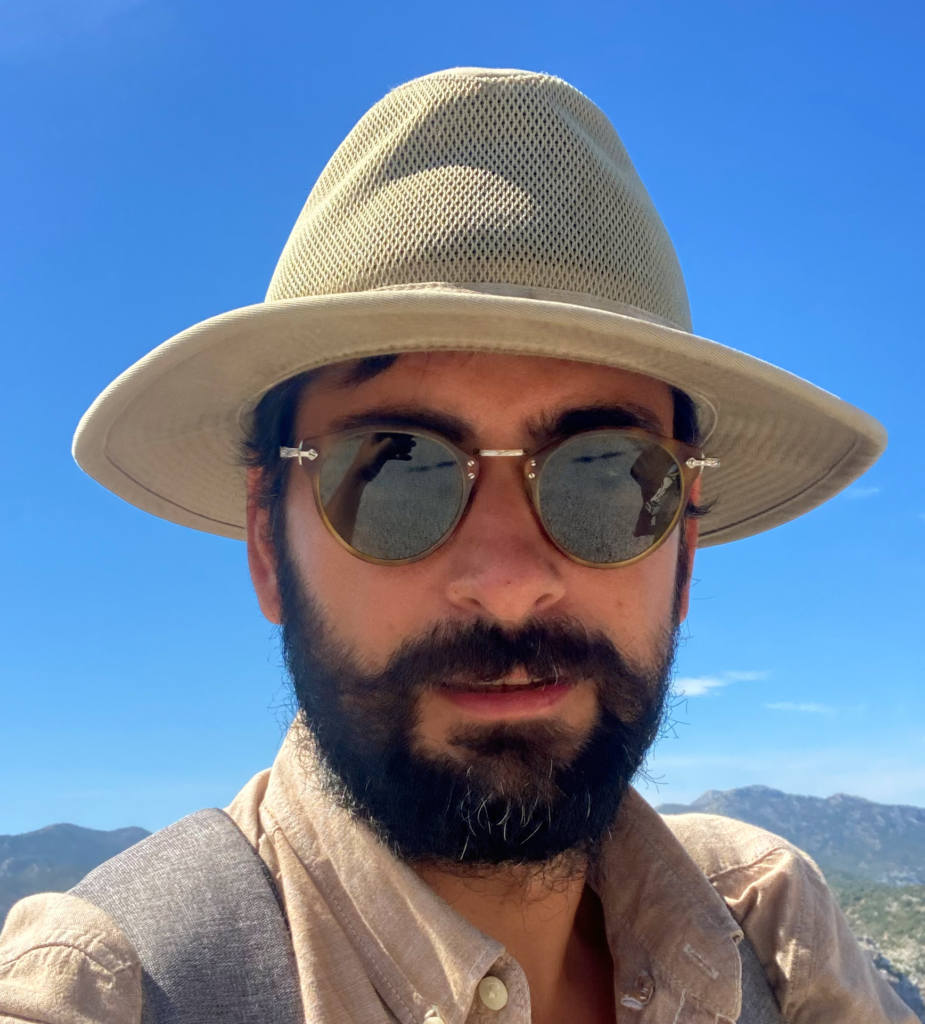
Dr. Asil YAMAN
Director, Penn Museum
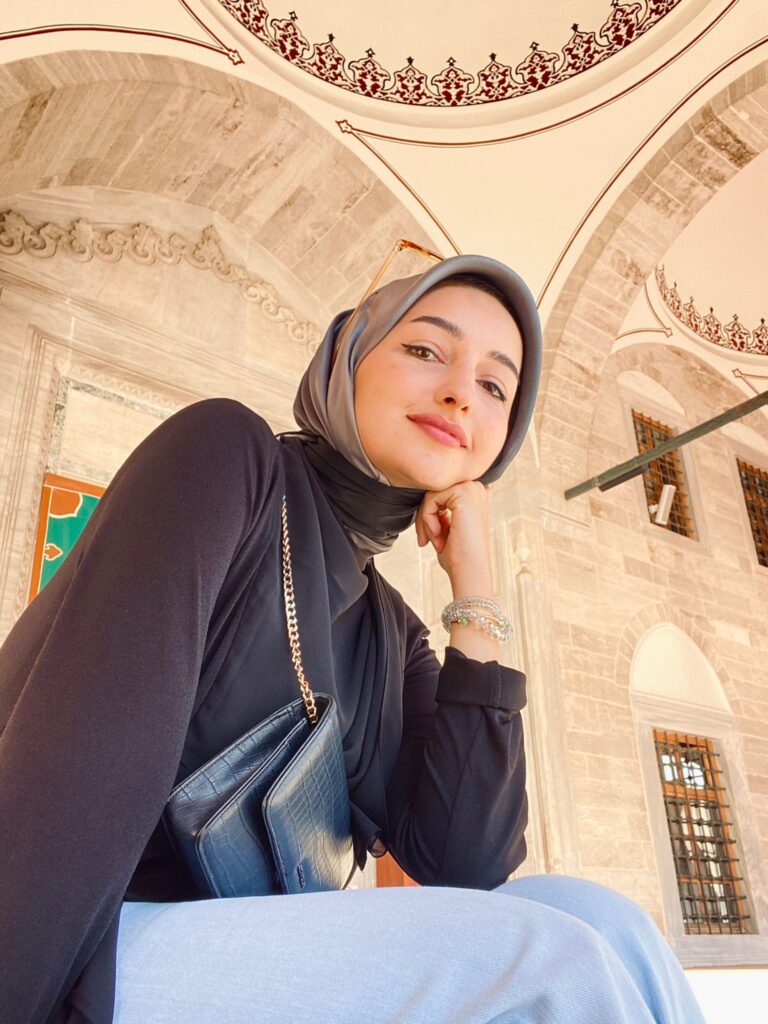
M. Rümeysa ÇAKAN
Architect, MA.
Within the scope of the Project, it is envisaged that the traditional residential architecture, windmills, cistern structures, agricultural terraces, and religious sites of Taşlıca (Fenaket), Söğüt, and Aziziye (Karamaka) villages, located in the territory of the Phoenix Ancient City, will be documented and conservation projects will be prepared for the buildings. The program aims to record the tangible and intangible cultural values of the region, increase awareness of the traditional architectural texture, and keep our common heritage alive.
The rural areas subject to the Project are located on the borders of the Marmaris District Bozburun Peninsula, where domestic and foreign tourism is intense. Therefore, they are vulnerable to destruction due to population growth and irregular construction. In Taşlıca and Söğüt villages, where human and natural destruction continues today and is under the threat of structuring, no study on traditional architecture has been conducted before. In order to protect the local texture, which is losing its unique identity day by day, holistic and sustainable conservation strategies will be determined by using basic working methods in the field of architecture.
During the Project, the main body of the documentation studies is to conduct surveys, including facade and section drawings, of the traditional architectural elements in Taşlıca (Fenaket), Söğüt, and Aziziye (Karamaka) villages, and to make detailed descriptions and take detailed photos. Methods such as digitizing the data obtained from field studies through programs like AutoCAD and creating an inventory by processing it into a digital database will be applied. It is aimed to manage this process with a scientific team consisting of different disciplines in order to keep historical and local values alive and make them sustainable.
After implementing conservation-restoration projects, preparing national and international scientific publications at the end of the Project and bringing the region to the world of science is expected. Another important expectation is to create a cultural route for the villages that are the subject of the Project by considering the preserved villages in Europe that display the image of an Open Air Museum and examples that keep social memory alive, such as Fethiye Kayaköy from our country. The other step of the Project is the realization of agro-tourism in our villages based on agricultural production. Thus, the development of the economically underdeveloped rural areas in the region will be provided, and the welfare level of the local people will be increased.
